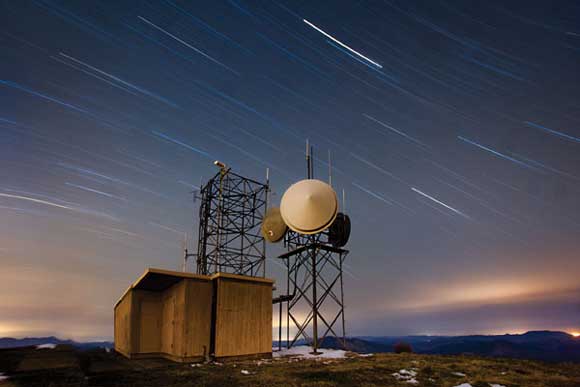Every night we go to sleep, there is an incredible display of beauty slowly passing overhead that we have forgotten – the stars. Now, thanks to the advances involving high ISO capabilities, taking a picture of that beauty with your DLSR is not just possible, it is relatively easy. I’ll give you some ideas, tips, and techniques so you can make the most of your first trip out ‘shooting stars’.
First, do some homework by researching your location of star shooting. Search online for ‘dark sky locations’ or using popular mapping sites, look for the least populated regions within driving distance. The farther you go from the cities and their light pollution, the darker the skies and better potential your shots have. I recommend going when the moon is at a 1/4 phase or less (it cycles from full to none and back to full on a monthly basis). Our cameras are affected by all light sources, so when the moon is at a half phase or more the light will wash out the stars and take away the dark sky contrast we need to get good star shots. We do want some moonlight to illuminate our landscape foreground, but with too much light, we begin to sacrifice how many stars we can capture. While researching the phases, also write down the moon rise and set times. It is very helpful to know when to expect the moon to show up or disappear when you are in the field shooting. Last but not least, dress warm. Bring extra clothing to make your experience more enjoyable and an extra set of batteries for your torch or headlamp.
Main Image:
This exposure was over an hour in length to get enough light on the weather station, this has also meant the stars moved, causing trails across the sky. EF 24-70mm f/2.8, at 35mm, f/4, 1 hour and 7 minutes (4020 second) exposure. © Ben Canales





